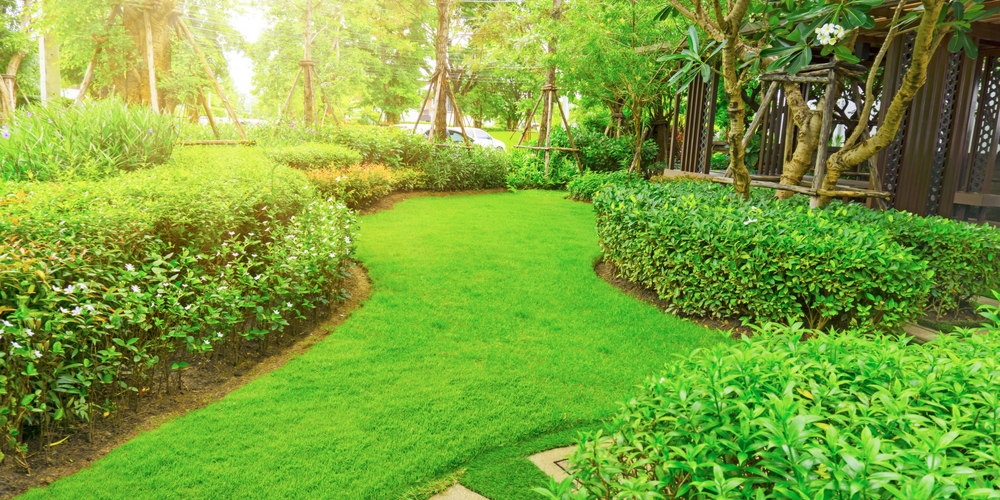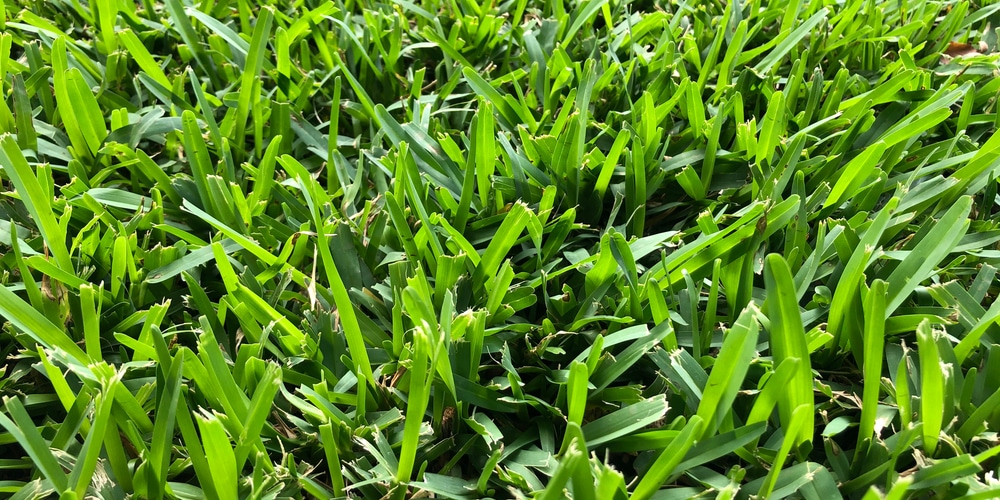Before sowing or planting a natural lawn we have to study some key factors, to make the best choice for our yard. Such factors are irrigation, sunshine, installation and maintenance costs as well as space usage. We often have to mix two types of grass for better aesthetic effect and greater durability. But what is the best grass to mix with Centipede?
St Augustine grass could be a good choice to mix with a centipede. However, the best grass to mix with it and avoid disease issues is undoubtedly Bermuda grass. In the following lines, you will find information about both St Augustine grass and Bermuda grass, and you will learn about their special features and management techniques.
Best Grass To Mix With Centipede Grass

Bermuda grass (Cynodon Dactylon)
The wild Ugandan or Bermuda grass, as a thermophilic species, is resistant to drought, pressure, and salinity. It also has a thin leaf which gives it a special texture and appearance. In winter, it falls into lethargy as temperatures are below 12 degrees Celsius, while in spring it germinates. Bermuda grass extends with flotillas and is suitable for seaside areas, for public and private yards, and generally wherever there is a shortage of water.
Cynodon Dactylon has reduced maintenance requirements, resistance to high temperatures, salinity, and dry heat conditions. The average growth temperature is 24ºC while at a temperature below 10ºC it enters dormancy. Its rhizomes are white and sharp. It requires low haircuts and frequent thinning with vertical cuts and behaves extremely well in coastal areas. Suitable for lawn construction, it has a creeping growth and fills in the gaps, creating very solid grass carpets. Bermuda grass reacts directly to nitrogen fertilizers.
Its sowing takes place from spring to autumn. For 40 square meters of yard, you will need about 1 kg of seed. It is good to mix one kilo of seed with one kilo of river sand, as this will help it fall more evenly and ensure that it will remain in the ground and will not be removed from the air. It would be better to mix the seed with the river sand in a bucket by hand and not with a machine.
Then just leave the seed evenly across the area and very close to the ground. Finally, spread carefully a very thin layer of soil on the top of the seed so that its mixture with sand is not visible. At this point, you should be careful as if you throw enough soil on top, your Bermuda grass will not be able to penetrate the thick layer of soil and will not germinate. You just need a thin layer of soil over the seed.
Then with a roller or a barrel, press and flatten the area that you have sown. Water with mist and continue watering in the morning and night for the next 14 days. It would be good to ensure that no one steps into the area you have sown for the next two weeks. Finally, if necessary, take extra care of the ants.
St Augustine grass (Stenotaphrum Secundatum)
St Augustine grass is grown in warm and coastal areas, due to its tolerance to water and soil salts. It is also known as carpet grass, as it creates a smooth, uniform turf that is resistant to extremely high temperatures and low humidity. It has lateral growth with wide foliage, such as Kikuyu, which creates fleets that easily take root in the soil and thus easily cover and fill the empty spots of soil, especially during the summer period.
St Augustine grass retains its green color longer than other thermophilic lawns when exposed to low temperatures, while it responds well to shady places. It is more active in winter, compared to all thermophilic lawns with the shortest period of dormancy. However, it requires more frequent mowing and 30% less water than cold-blooded lawns.
It can be watered every 2-3 days and has relatively good resistance to salinity. Due to its strong root system, it requires less fertilizer to maintain its color; 3-4 times a year is enough. This lawn is sold in 84-position trays with ready-made seedlings, which have a rich root system and foliage. The seedlings are planted in the soil every 20-30 cm so that with a disk we cover about 6 m2 of soil (15 seedlings per 1 m2).
The ideal planting season is from May to September. The first 7-10 days after planting, watering -several times during the day- is required, to take root quickly. After the formation of many roots, it is enough to irrigate once a day. In a period of 6 months to 1 year, the plants of St. Augustine grass will cover the whole soil, creating a dense, uniform lawn.
Related article: Bermuda vs Centipede grass

